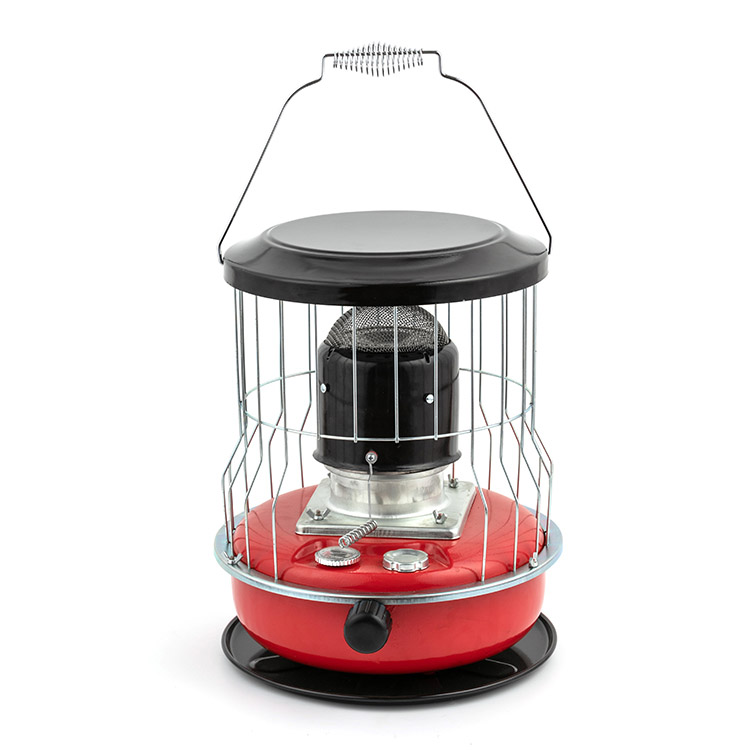Battle of the Flames: Comparing Heat Output of Kerosene Heaters to Other Camping Favorites
2024-01-05
Introduction:
As the sun sets on a picturesque camping scene, the need for warmth becomes paramount. Portable heaters are a camper's best friend during chilly nights, and among the contenders, kerosene heaters stand out. In this blog, we'll explore how the heat output of kerosene heaters compares to other popular types of portable heaters commonly used in camping.
Kerosene Heaters: The Warmth Pioneers
How They Work:
- Kerosene heaters operate by burning kerosene, producing a steady flame that generates radiant heat.
- The heat output is adjustable, allowing campers to tailor the warmth to their liking.
- They typically provide a powerful and efficient source of heat suitable for larger camping spaces.
Comparative Analysis:
- Kerosene heaters are known for their robust heat output, making them ideal for cold weather camping.
- They offer excellent efficiency, providing consistent warmth for extended periods without frequent refueling.
- The radiant heat produced by kerosene heaters can quickly raise the temperature of a tent or camping area.
Propane Heaters: The Versatile Contenders
How They Work:
- Propane heaters utilize propane gas as a fuel source, with the combustion process generating heat.
- Propane heaters often come with adjustable settings to control heat output.
- They are widely used in camping due to their portability and ease of use.
Comparative Analysis:
- Propane heaters are versatile and can deliver considerable heat for camping applications.
- They are known for quick and easy setup, providing instant warmth with the push of a button.
- Propane heaters may have slightly lower fuel efficiency compared to kerosene heaters, requiring more frequent refueling.
Electric Heaters: The Silent Warmth Providers
How They Work:
- Electric heaters use electrical energy to generate heat through elements or a ceramic heating element.
- They are typically plugged into a power source, making them suitable for camping locations with access to electricity.
- Electric heaters often come with adjustable temperature settings.
Comparative Analysis:
- Electric heaters are convenient for campsites with electrical hookups but may not be suitable for remote locations.
- They are generally quieter than combustion-based heaters, making them a good choice for those who prefer a noise-free camping experience.
- However, the reliance on electricity limits their use in off-grid camping scenarios.
Wood-Burning Stoves: The Rustic Warmth Providers
How They Work:
- Wood-burning stoves use wood as fuel, with combustion creating warmth.
- They are often designed for cooking as well, providing a dual-purpose solution for campers.
- The heat output can be adjusted by controlling the airflow and adding or reducing wood.
Comparative Analysis:
- Wood-burning stoves provide a rustic and atmospheric camping experience.
- They offer excellent heat output, especially when using dry and well-seasoned wood.
- However, they require a constant supply of wood and may not be as convenient as other fuel sources.
Conclusion: Choosing Your Camping Companion
Selecting the right portable heater for camping ultimately depends on your preferences, camping conditions, and the level of convenience you seek. Kerosene heaters stand out for their powerful and adjustable heat output, making them a top choice for cold weather camping. Propane heaters offer versatility and quick setup, while electric heaters cater to campsites with electricity access. Wood-burning stoves provide a charming, traditional camping experience but require careful maintenance.
Consider your camping needs, the climate of your destination, and the availability of fuel sources when choosing your camping heater. Each type has its strengths, ensuring that no matter the chilly night, you can find a reliable source of warmth for your outdoor adventures.



